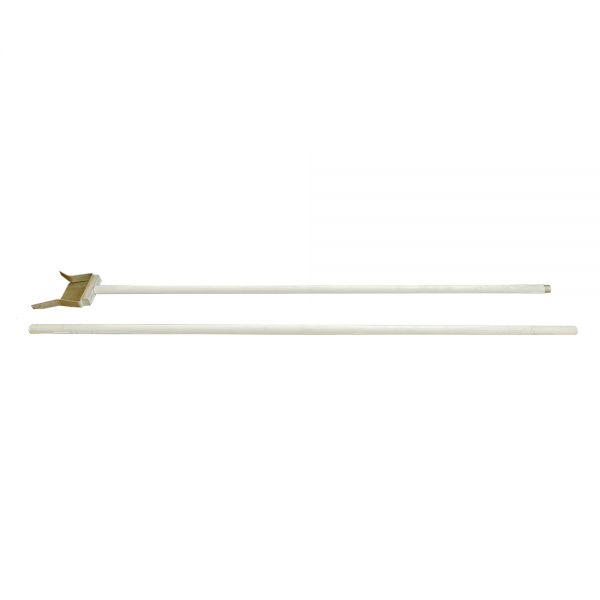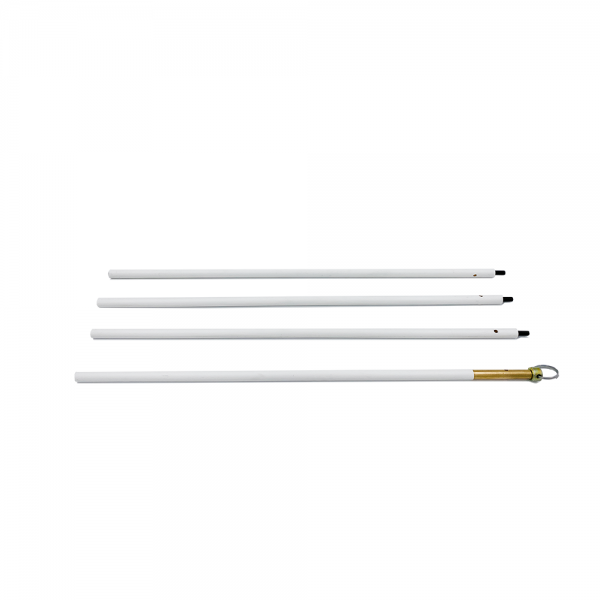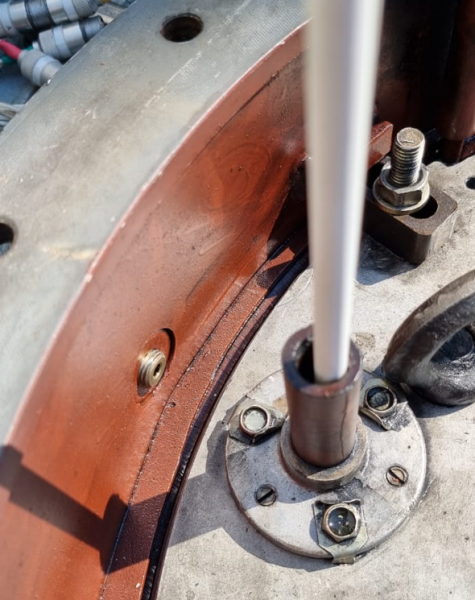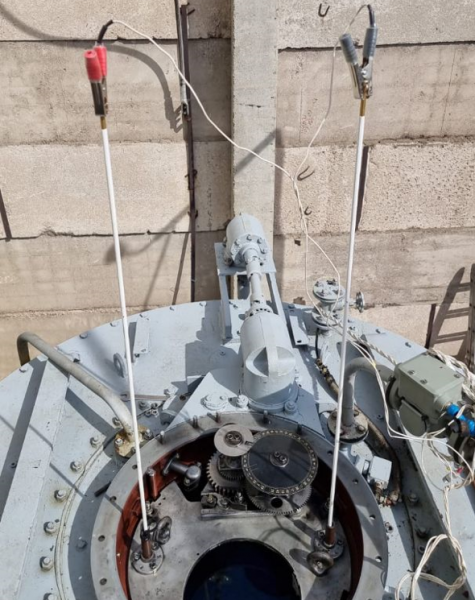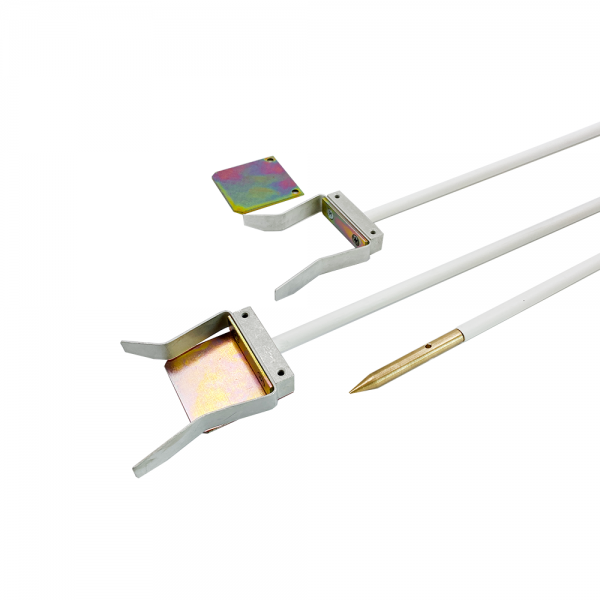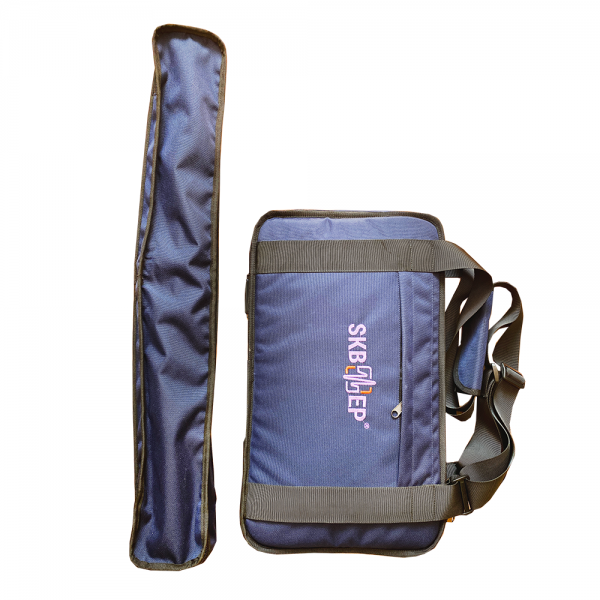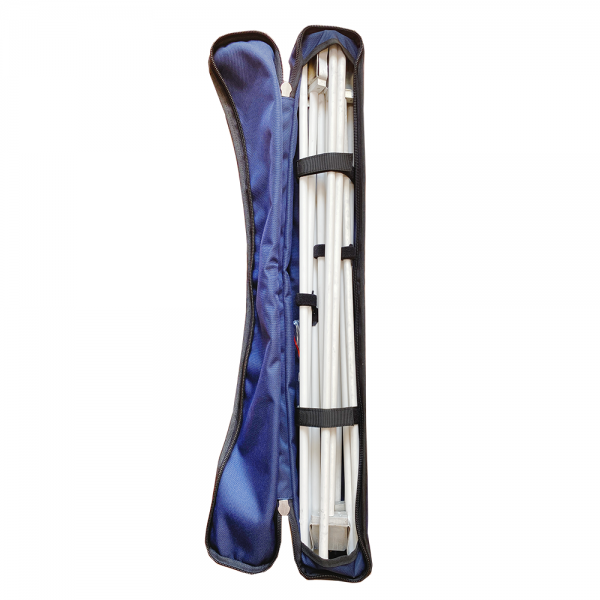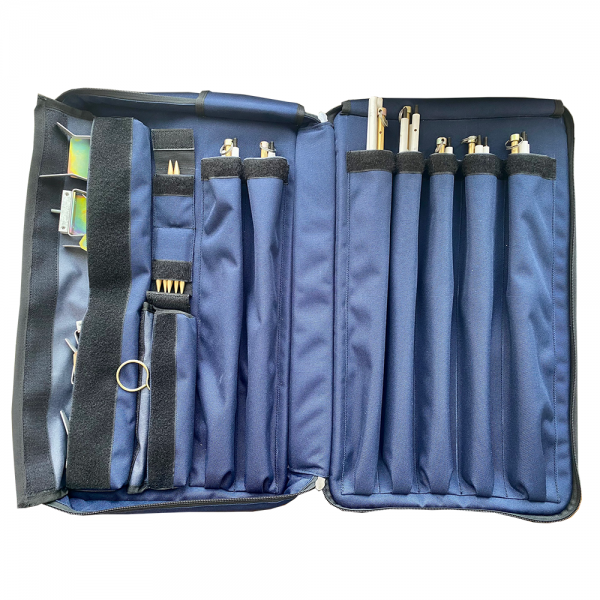Modernization of contact probes for PKR-2 and PKR-2M instruments
For reliable control of OLTCs devices and automation of their diagnostics, SKB EP implements two instruments – PKR-2 and PKR-2M, the fundamental functions of which are the taking of contactor oscillograms and the registration of circular diagrams simultaneously in all phases.
Depending on the type of OLTC devices, the following tests are regulated and carried out:
- for reactor type of OLTC device (RNTA, RNT and other types) – circular diagrams of contactors and selectors operation;
- for the high–speed type of OLTCs (RS, RNOA and other types) – circular diagrams of the contactors and selectors switch, as well as an oscillogram of the contactors.
Oscillography, for example, during a scheduled inspection with visible absence of malfunctions in the transformer, or during approval tests, can be carried out by the demountable method (DRM), which is implemented in the PKR-2M modification. Then taking of the circular diagrams, as well as oscillography while repairing and final adjusting – is always carried out when demount the OLTC device.
Demount of the OLTC device is always a complex and long process, but to minimize time and labor, the PKR group of devices can be equipped with special remote contact probes that simplify the process of connecting the instrument to the contactor contacts without partial or full oil draining.
|
During operation, in our own tests and diagnostics, and according to the recommendations of PKR-2 and PKR-2M instruments users |
The main about the probes, both old and new modifications:
- an insulation that prevents touching the metal parts of the OLTC, thereby preventing the possibility of distorting the measurement results;
- it is adaptability and ergonomics for connection to the static contacts of the contactor, which are under the layer of transformer oil or in a hard-to-reach place (for example, at the bottom of the contactor).
MAIN DIFFERENCES AND CHANGES,
and also what remained unchanged:
1. QUANTITY INCLUDED
The number of probes remained unchanged – 7 pcs., both in the old and in the new set.
2. LENGTH OF ONE PROBE AND NUMBER OF LINKS
Old probes: Previously, 1 probe consisted of two links 700 mm and 750 mm, which is a length of one probe equal to 1450 mm (excluding contact tip).
New probes: Now 1 probe consists of 4 links 400 mm long, which is 1600 mm (without contact tip). The overall length has become longer, moreover there is additional length variability for different types of OLTCs.
3. PROBE DIAMETER
Old probes: Thicker, and 13 mm in diameter, which does not take into account the design of some OLTCs.
New probes: Become thinner, now their diameter is 9 mm, which determines their use with OLTC type RNOA, where, due to the design feature, the guide tubes are quite narrow, where the probe must be lowered.
Experimental tests for working with new probes on the OLTC device with RNOA 35/1000 type
4. CONTACT TIPS
Old probes: Without the possibility of demount, with contact tips form of a spring-loaded grip (closed).
New probes: Each probe has a threaded end, which allows them to be connected to each other, and also allows you to change the contact tip, which is now presented in three variations:
- Sharp tapered contacts;
- Spring-loaded grips (closed)
- Spring-loaded grips (open) – it becomes possible to remove the gripper’s “back” for certain types of OLTCs.
5. TRANSPORT AND STORAGE
Old probes: An elongated case (850 mm) was designed for transportation and storage, in which the probes were tightly packed and fixed to each other, which sometimes caused inconvenience during movement and before testing.
New probes: For transportation and storage, a new bag has become more compact in length (500 mm), now all the links of one probe are in their designated place, just like the contact tips began to have their own special pocket, which creates order, ease of movement and easy preparation for work.
New probes are already available for order and have been successfully tested on various types of OLTC devices, as well as in the work of specialists from the laboratory that provides services for the repair and diagnostics of OLTCs – reviews are positive!
|
New probes can be used instead of a previously purchased set of probes with any instrument of the PKR group. |
If you still have questions or the information about new probes was not enough, SKB EP specialists will be happy to help you by phone +7 (812) 500-25-48 or e-mail: skb@skbpribor.ru.

 Русский
Русский
 Français
Français
 Chinese
Chinese
